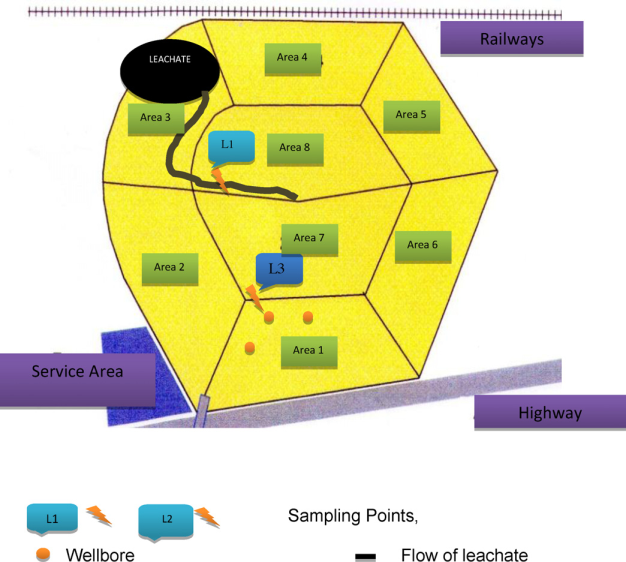
Close
responsive-lightbox domain was triggered too early. This is usually an indicator for some code in the plugin or theme running too early. Translations should be loaded at the init action or later. Please see Debugging in WordPress for more information. (This message was added in version 6.7.0.) in /home/kiju52ce/public_html/development/wp-includes/functions.php on line 6114updraftplus domain was triggered too early. This is usually an indicator for some code in the plugin or theme running too early. Translations should be loaded at the init action or later. Please see Debugging in WordPress for more information. (This message was added in version 6.7.0.) in /home/kiju52ce/public_html/development/wp-includes/functions.php on line 6114
Approach Words: Environment Preservation, Sustainability, Urban Livability
Public Policy Instruments: Physical Intervention, Planning
The Oued Smar Urban Park is a rehabilitation initiative transforming Algiers’ largest landfill into a recreational and ecological park located at the southeastern entrance of the capital, along the international airport road1 2. The landfill was established in 1978 and closed in 2011 with a height exceeding 45 meters, posing significant health and environmental risks to nearby residents3. As such, the rehabilitation project aims to reduce pollution and eliminate the unpleasant odors that once plagued the area while promoting ecotourism and providing a relaxation and recreation destination for city dwellers, particularly those in the rapidly growing eastern region4 5 6. The project is also part of Algiers’ major green plan for 20357.

Title: Figure showing the Oued Smar landfill before its transformation and model of the project.
Source: Click Here

Title: Figure showing the key zones and components of the Oued Smar Park.
Source: Click Here

Title: Arial view showing the Oued Smar Urban Park after implementation.
Source: Click Here

Title: Plants and vegetation at Oued Smar Urban Park.
Source: Click Here
The master plan of the park covers an area of 0.5 square kilometers. It features 0.2 square kilometers for trees, 0.11 square kilometers for natural grass, and 0.09 square kilometers for pathways, with additional areas dedicated to irrigation facilities8. The rehabilitation process included the following components9:
•Reshaping the landfill.
•Replanting vegetation, including 23 plant species, to stabilize the soil10.
•Developing peripheral roads and cycling paths.
•Installing a biogas collection system for electricity production.
•Establishing a system to collect and treat leachate into purified water.
•Developing recreational and public facilities, such as an exhibition center, a landfill museum, 20 wooden canopies, five food shops, public toilets, and urban furniture including 350 benches. In addition to a parking area for 2,500 vehicles11.
Regarding renewable energy and water, the entire park, including 220 streetlamps, is powered by biogas from the landfill that is converted into energy12. Water for the park is produced by treating waste osmosis, with a leachate treatment unit comprising 127 wells of capacity 720 m³ per day. The project also includes a 400-meter-deep well to ensure a sustainable water supply. The green spaces are irrigated using drip and sprinkler systems, supported by two 150-cubic-meter water tanks13 14.


The Algerian Ministry of Environment initiated the project in 200915, later handed over to the Wilaya of Algiers for development as a public park. LIBANCONSULT AGM, a civil engineering consulting firm specializing in environmental engineering, led the detailed design for the park16. The Office of Parks and Recreation of Algiers (OPLA) manages and operates the park, while the Establishment for the Development of Green Spaces in the Wilaya of Algiers (EPIC EDEVAL) is responsible for maintaining the botanical elements17 18. The project, with a budget of 52 million USD19 20 funded by Wilaya of Algiers, was implemented in five phases. The final phase includes creating children’s play areas adjacent to the park21. The project is currently completed and expected to open soon to Algerian families22.
Project Link
Endnotes
References